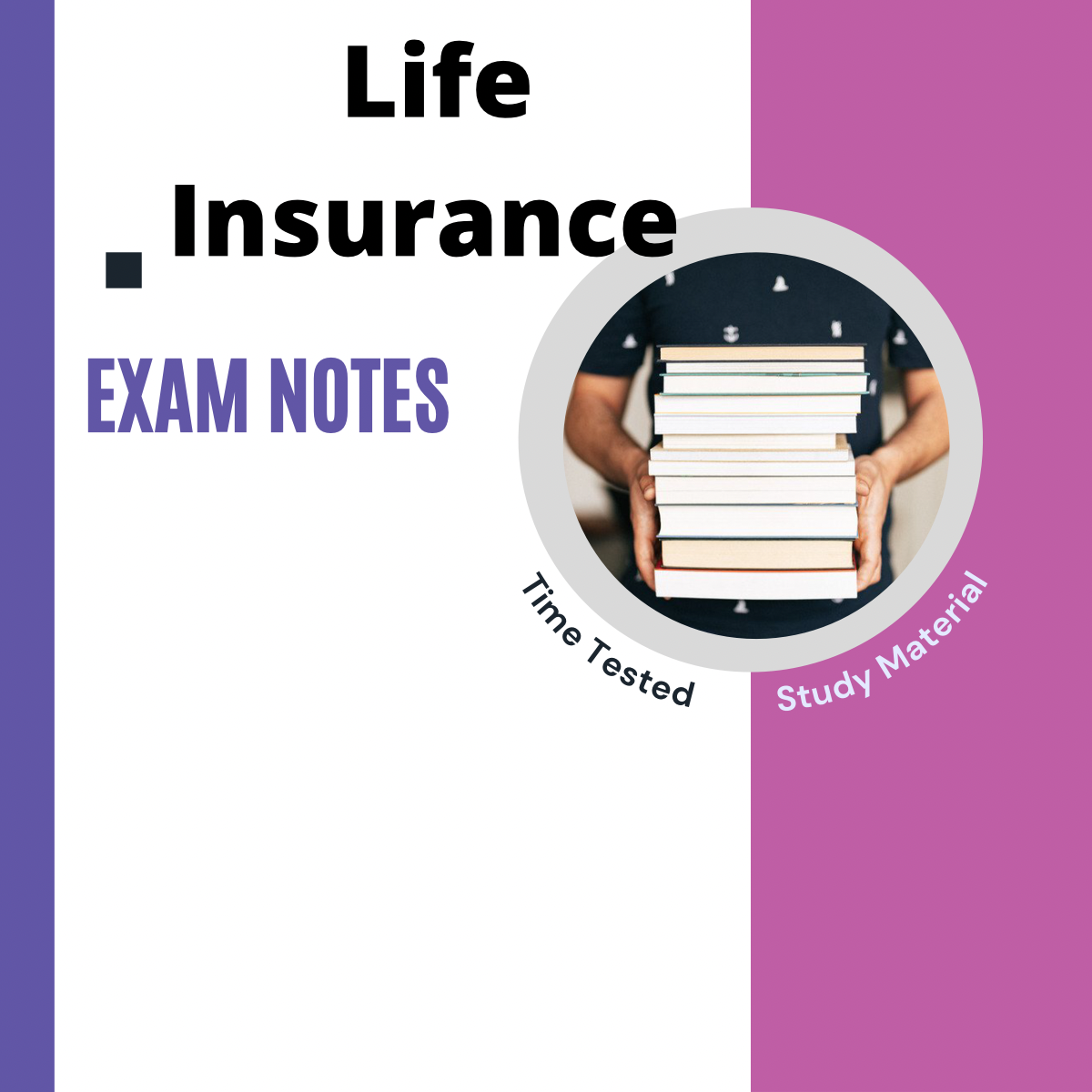Some Known Incorrect Statements About Pacific Prime
Some Known Incorrect Statements About Pacific Prime
Blog Article
The Buzz on Pacific Prime
Table of ContentsThe Buzz on Pacific PrimeWhat Does Pacific Prime Mean?Not known Factual Statements About Pacific Prime Some Of Pacific PrimeExamine This Report about Pacific Prime

This is because the data were collected for a duration of solid financial efficiency. Of the approximated 42 million people who were without insurance, almost concerning 420,000 (regarding 1 percent) were under 65 years of age, the age at which most Americans come to be qualified for Medicare; 32 million were grownups in between ages 18 and 65, about 19 percent of all grownups in this age; and 10 million were youngsters under 18 years old, regarding 13.9 percent of all youngsters (Mills, 2000).
These price quotes of the variety of persons uninsured are generated from the annual March Supplement to the Existing Population Study (CPS), performed by the Demographics Bureau. Unless otherwise noted, nationwide price quotes of people without health insurance and percentages of the population with different type of coverage are based upon the CPS, the most extensively utilized source of price quotes of insurance protection and uninsurance prices.
What Does Pacific Prime Mean?

Still, the CPS is specifically helpful due to the fact that it creates yearly price quotes relatively quickly, reporting the previous year's insurance policy protection approximates each September, and since it is the basis for a constant collection of quotes for greater than 20 years, permitting for evaluation of trends in coverage with time. For these reasons, along with the considerable use the CPS in other researches of insurance policy coverage that are presented in this report, we depend on CPS quotes, with limitations kept in mind.

The estimate of the variety of uninsured individuals broadens when a populace's insurance standing is tracked for several years. Over a three-year duration starting early in 1993, 72 million people, 29 percent of the U.S. https://young-nemophila-a7b.notion.site/Pacific-Prime-Your-Partner-for-Comprehensive-Insurance-Solutions-7ea95e6a0f4e46d6a51631c55774899a?pvs=25. population, lacked coverage for at the very least one month. Within a single year (1994 ), 53 million people experienced at the very least a month without protection (Bennefield, 1998a)
Six out of every 10 uninsured grownups are themselves utilized. Working does improve the probability that one and one's household participants will certainly have insurance coverage, it is not a warranty. Even members of family members with 2 permanent breadwinner have almost a one-in-ten chance of being without insurance (9.1 percent without insurance rate) (Hoffman and Pohl, 2000).
Get This Report on Pacific Prime
New immigrants account for a considerable percentage of individuals without medical insurance. One analysis has attributed a significant section of the recent growth in the dimension of the U.S. without insurance population to immigrants who got here in the nation between 1994 and 1998 (Camarota and Edwards, 2000). Recent Full Article immigrants (those who came to the United States within the previous four years) do have a high price of being uninsured (46 percent), but they and their kids represent simply 6 percent of those without insurance coverage country wide (Holahan et al., 2001).
The connection between medical insurance and accessibility to care is well established, as recorded later on in this chapter. The partnership between health insurance coverage and health outcomes is neither direct neither basic, a comprehensive professional and wellness solutions research literature links wellness insurance policy coverage to improved access to care, much better top quality, and enhanced individual and population wellness condition.
Degrees of evaluation for analyzing the impacts of uninsurance. It concentrates especially on those without any kind of wellness insurance coverage for any size of time.
Pacific Prime Fundamentals Explained
The issues encountered by the underinsured are in some areas similar to those faced by the uninsured, although they are usually much less serious. Health insurance policy, nonetheless, is neither required neither adequate to acquire access to medical solutions. The independent and direct effect of wellness insurance protection on accessibility to health solutions is well established.
Others will certainly get the healthcare they require even without medical insurance, by spending for it out of pocket or seeking it from suppliers who supply care cost-free or at very subsidized rates. For still others, medical insurance alone does not make certain receipt of treatment as a result of various other nonfinancial barriers, such as an absence of healthcare carriers in their neighborhood, minimal access to transport, illiteracy, or linguistic and cultural distinctions.
The Single Strategy To Use For Pacific Prime
Official research study about uninsured populations in the USA dates to the late 1920s and early 1930s when the Committee on the Cost of Treatment produced a series of records regarding funding medical professional office visits and hospital stays. This problem became significant as the numbers of clinically indigent climbed throughout the Great Anxiety.
Report this page